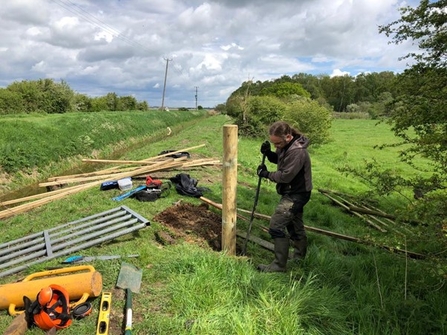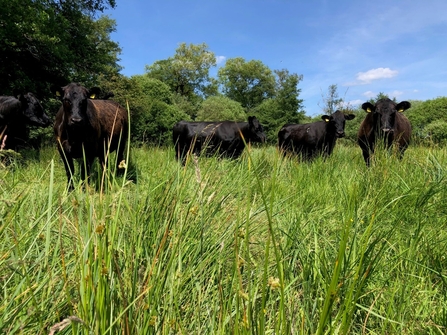Spring is an incredible time to be on our NNRs. Seeing the reserves start to hum with life after the quiet of winter is amazing. It is particularly special to be able to see wildlife thriving as a result of our habitat management.
This spring we had this privilege with grizzled skippers at Holme Fen. This pretty little butterfly is found across the south of the UK but has declined by more than 50% since the 1970s. It requires relatively sparse, open habitat with plants on which its caterpillars can feed, like tormentil, agrimony and creeping cinquefoil. Maintaining the habitat with just the right mix of bare ground, leaf litter, food plants and nectar sources is quite challenging. However, a few years of careful management seems to be paying off. Numbers of grizzled skippers were very encouraging this year, with a peak count of over 70 butterflies; the highest count we have had for 5 years.








